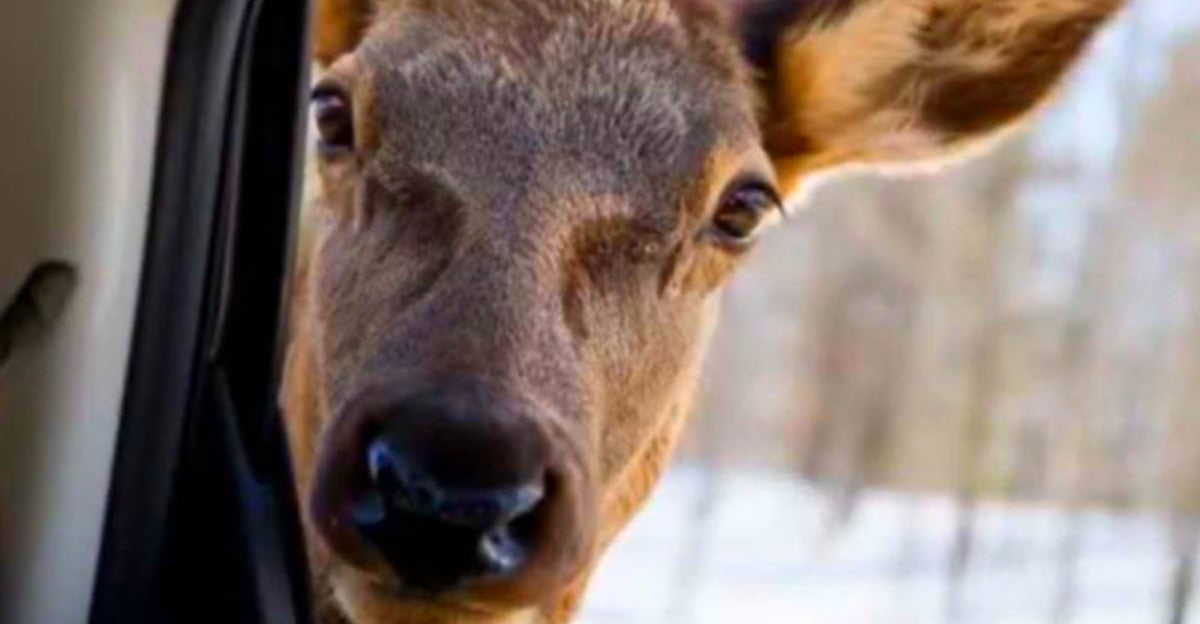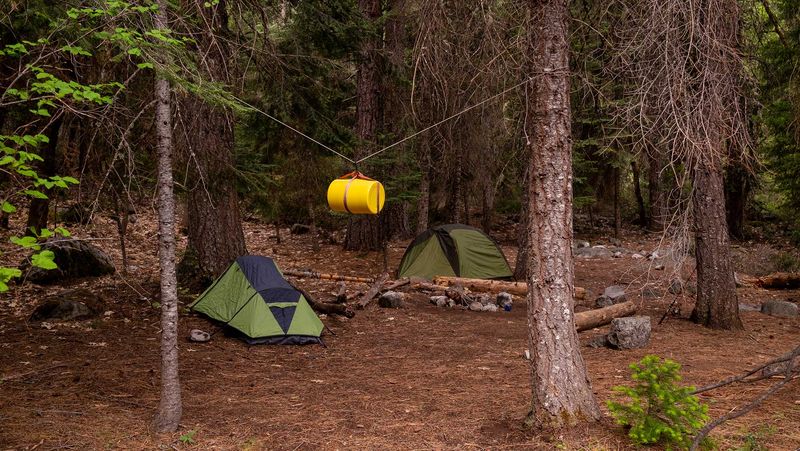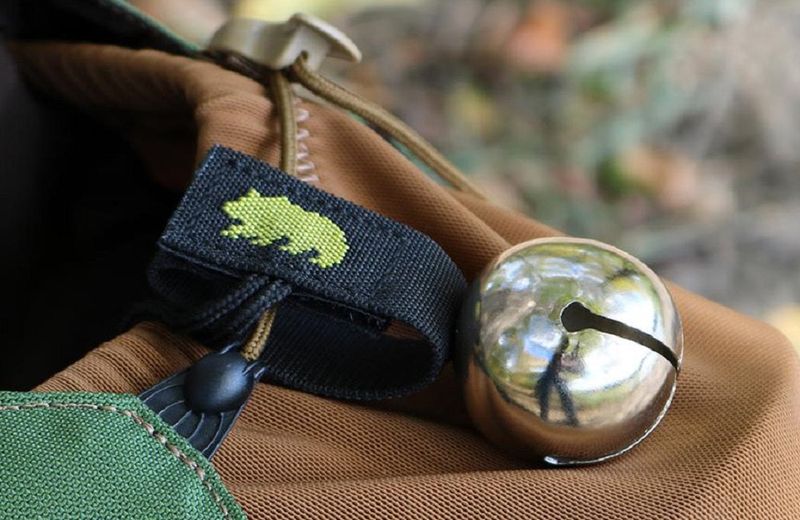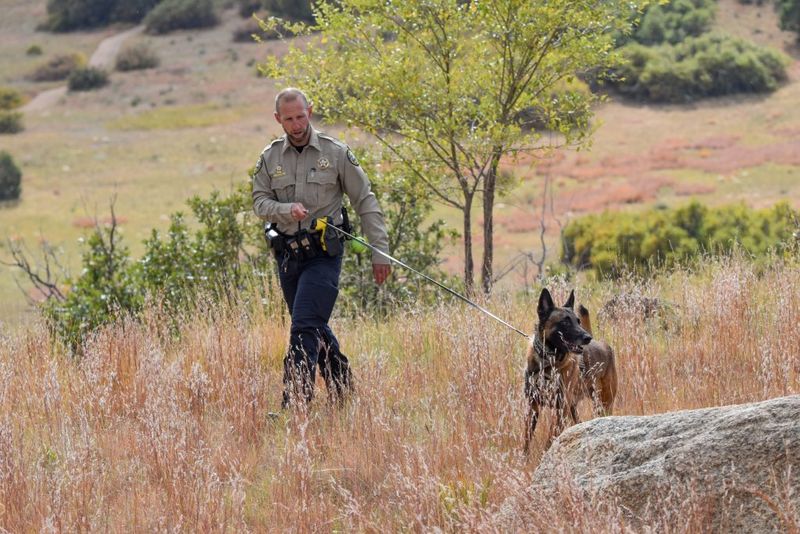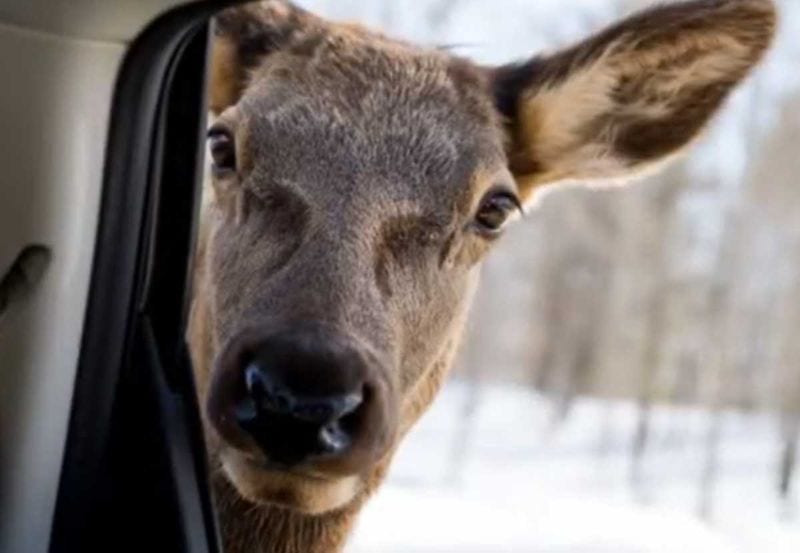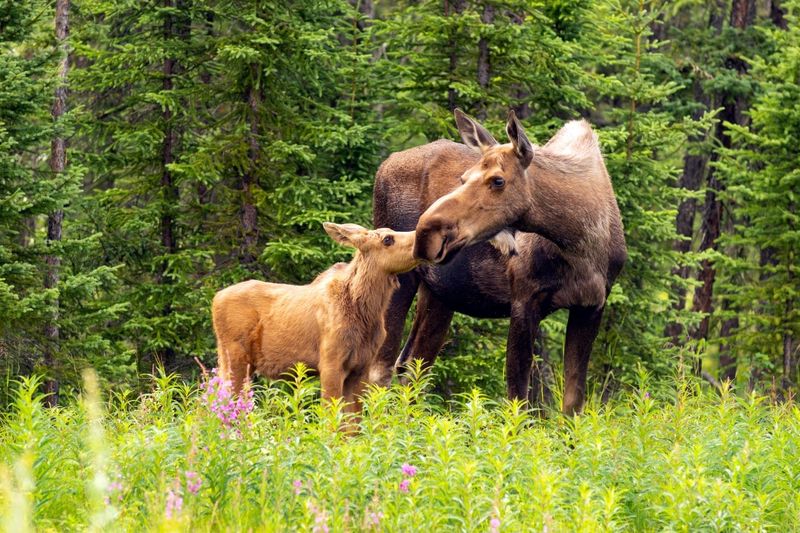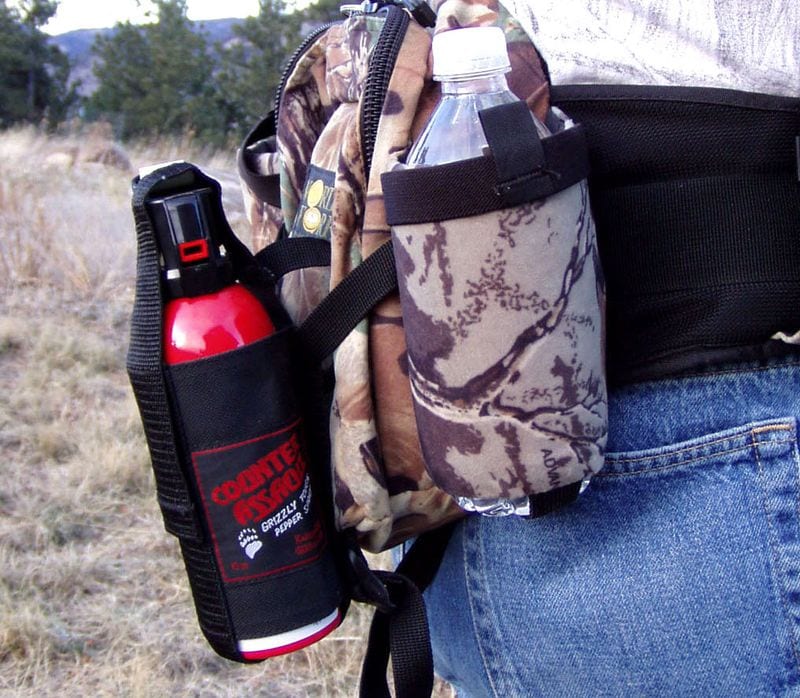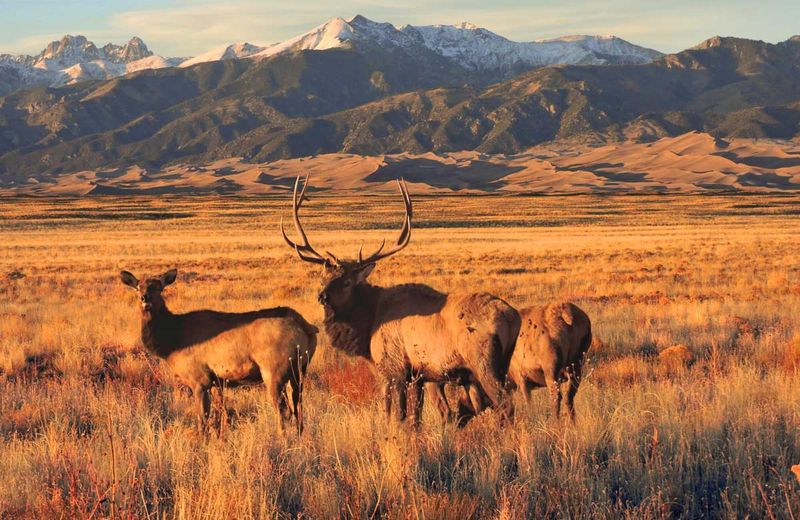Colorado’s rugged beauty draws nature lovers from around the world. From elk-filled meadows to bear-friendly backwoods, wildlife encounters are part of the adventure. But it’s essential to enjoy these moments responsibly—for your safety and theirs. Here are the top travel practices to keep your Colorado wildlife encounters safe and respectful.
1. Keep Your Distance – Always
From a young age, we’re taught to admire wild animals from afar. Their majesty doesn’t diminish with distance; in fact, it amplifies it. Keeping at least 100 yards away from creatures like bears and wolves, and 25 yards from other wildlife such as elk and moose, is crucial. This ensures both your safety and theirs, providing a safe space for natural behaviors.
With binoculars or a zoom lens, every detail is visible without encroaching their space. It’s like watching nature’s documentary unfold live in high-definition. Plus, maintaining your distance helps protect their natural habitat and behaviors.
Did you know? Elk antlers can grow up to an inch a day in the summer!
2. Secure Your Food and Trash
Animals attracted to human food can become aggressive, losing their fear of people.
Using bear-proof containers in campgrounds prevents such encounters, ensuring that wildlife maintains its natural behaviors. Packing out trash and food waste protects both you and the creatures calling Colorado home.
Fun fact: Bears have a sense of smell seven times stronger than a bloodhound’s. So, even the faintest scent can lure them from miles away. Keep your campsites pristine and safe!
3. Stay on Marked Trails
Trails are more than just dirt paths through the wilderness. They are carefully designed routes that balance exploration with safety. By staying on marked trails, you reduce the chance of unexpected wildlife encounters and protect fragile ecosystems from damage.
Wandering off-trail might seem adventurous, but it disrupts natural habitats and increases risks of getting lost or encountering wildlife unprepared.
Interesting tidbit: Colorado boasts over 39,000 miles of marked trails. Each path offers its own unique view, ensuring every hike is an adventure without straying from safety.
4. Hike in Groups When Possible
There’s safety in numbers. Hiking with a group can deter wildlife from approaching, as many animals are naturally wary of larger groups. The chatter and movement signal them to keep their distance.
While solo hikes can be peaceful, sharing the trail with others enhances safety, turning potential close encounters with bears, moose, or mountain lions into distant sightings. Plus, it’s always good to have someone share the breathtaking views with you.
Fun fact: Mountain lions, elusive by nature, are more active during dawn and dusk. A group’s presence can reduce the chances of any close interactions.
5. Make Noise in Bear Country
Silence might be golden, but in bear country, noise is your friend. Bears, especially, prefer avoiding humans. By making noise, you warn them of your presence, reducing the risk of surprising them.
Talking loudly, clapping, or using a bear bell can alert wildlife, giving them time to move away. It’s like providing a courteous heads-up in nature’s backyard.
Fun fact: Bears can run up to 35 mph, faster than the world’s fastest human. Keeping them at a distance is always the best policy.
6. Keep Pets Leashed
Dogs love the great outdoors, but their curiosity can lead to dangerous wildlife interactions. A leashed pet prevents them from chasing or provoking wild animals, which could result in harm.
Even the friendliest pets can trigger defensive reactions. Keeping them close and under control protects both them and the wildlife. It’s a simple step to ensure a harmonious coexistence.
Did you know? Keeping pets leashed also helps in preserving delicate habitats from being disturbed. They’re happy on a leash, exploring safely alongside you.
7. Never Feed the Animals
Feeding wildlife isn’t just a bad idea; it’s a dangerous precedent. Animals, once fed by humans, lose their natural instincts, becoming reliant on us for their sustenance. This dependency can lead to aggressive behaviors, posing threats to both animals and humans.
Moreover, human food can lead to severe health problems in wildlife, affecting their survival. Even discarded crumbs disrupt their natural diet. Observing animals is a privilege; feeding them is not.
Interesting fact: Colorado has over 960 species of wildlife, each adapted to specific diets. Let’s keep it that way by enjoying their presence without sharing our snacks.
8. Know What to Do If You Encounter Wildlife
Preparation is key in wildlife encounters. Each animal requires a different approach. For bears, staying calm, backing away slowly, and never running is essential. Moose require immediate retreat, as they can be aggressive when startled.
For mountain lions, making yourself look big, maintaining eye contact, and speaking firmly can deter them. Understanding these nuances ensures safe interactions, adding to the adventurous spirit of your trip.
Interesting tidbit: Moose, despite their size, are excellent swimmers and can dive underwater for up to 30 seconds. Nature’s surprises never cease!
9. Carry Bear Spray – and Know How to Use It
In bear country, bear spray is a must-have. It’s an effective deterrent, providing a safety net in close encounters. However, having it is only half the battle – you need to know how to use it effectively.
Practice before your hike, ensuring you can retrieve and operate it swiftly. Bear spray works on more than just bears, making it a versatile tool in your safety arsenal.
Fun fact: Bear spray is non-lethal and designed to temporarily irritate a bear’s senses, giving you a chance to retreat. Nature’s defensive tool, ensuring your adventure remains exhilarating, yet safe.
10. Respect Wildlife Year-Round
Colorado’s wildlife behaviors shift with the seasons. Spring brings protective mothers, ready to defend their young, while fall signals mating season, increasing aggression. Being aware of these seasonal changes is crucial.
Respecting wildlife year-round involves understanding and adapting to these behaviors, ensuring safe and harmonious interactions. With nature’s cycles, every visit offers a new perspective.
Did you know? Elk bugling, a distinct call heard during mating season, can carry for miles across Colorado’s landscapes. A true symphony of the wild, reminding us of nature’s wonders.
